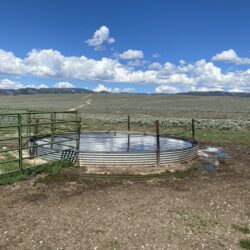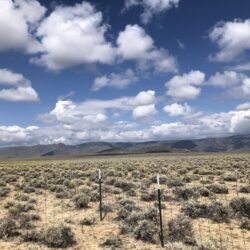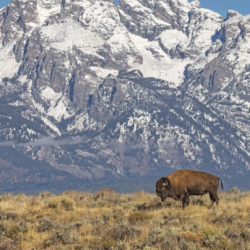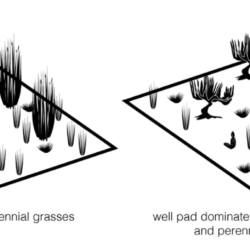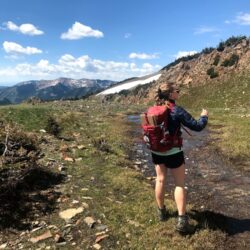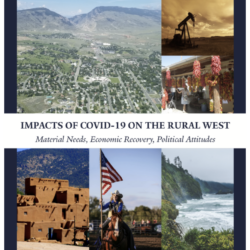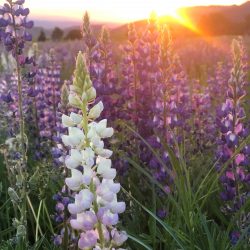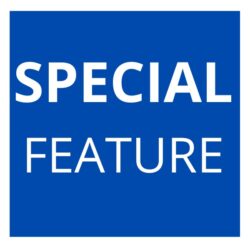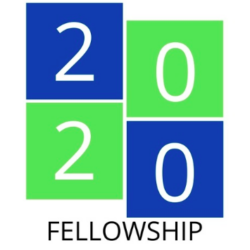Climate Change and Plant Communities: Reshaping Ecosystems for Livestock and Wildlife — Scott Carpenter
During the month of August, I was unfortunate enough to be impacted by two extreme weather events associated with climate change. In Wyoming, multiple field days were cut short due to hazardous air quality resulting from the ongoing wildfires in California and Oregon. While 2020 saw the second highest acreage burned since 1960 (the highest Read more about Climate Change and Plant Communities: Reshaping Ecosystems for Livestock and Wildlife — Scott Carpenter[…]

